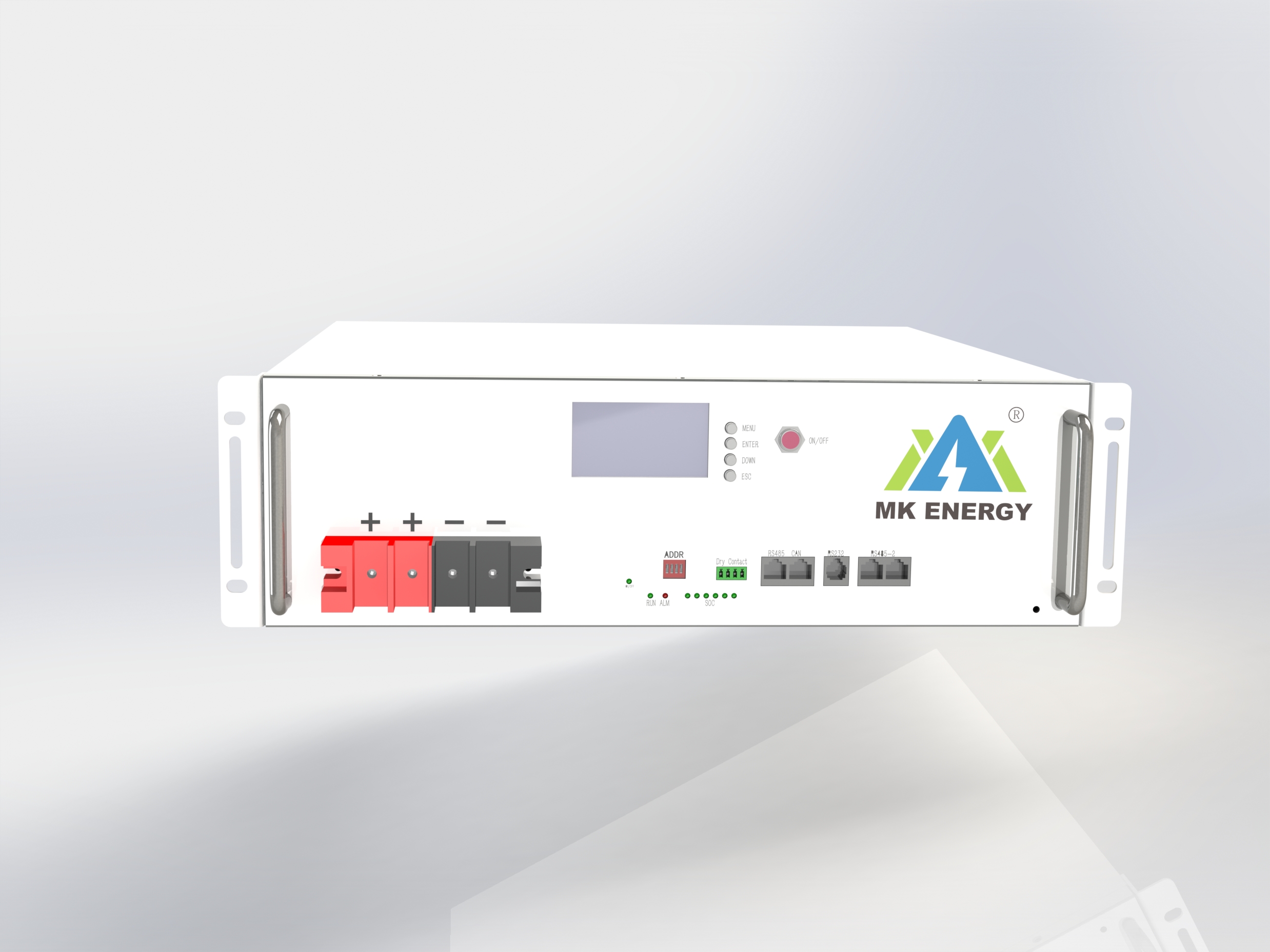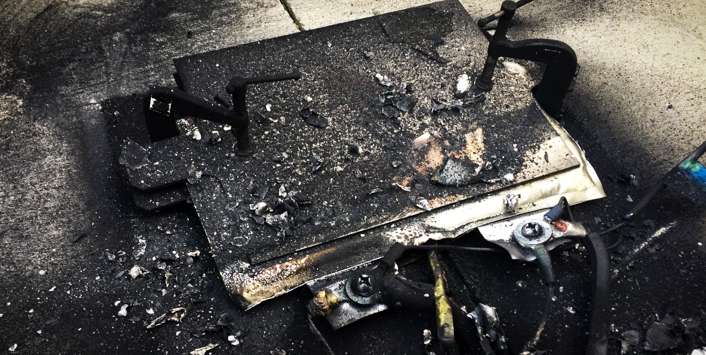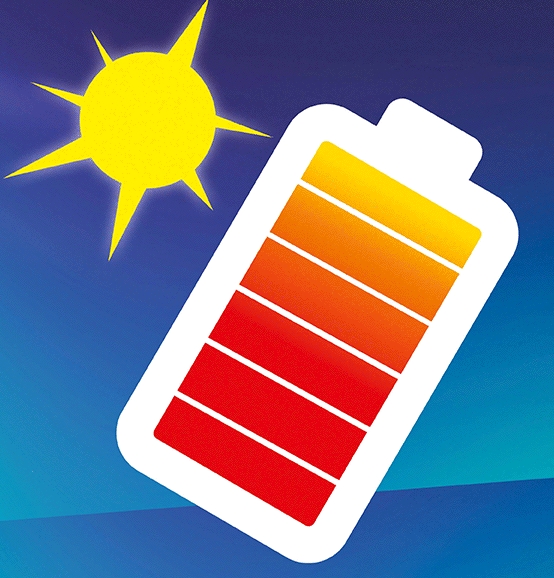As the backbone of energy supply for every home, business, and industry today, the lithium battery series provides the power needed to keep our equipment running smoothly. Of course, their service life is also limited, so when you use the lithium battery series, you must learn to judge when you need to replace them to avoid unexpected downtime and potential damage to the equipment. This article will list the signs when it is time to replace the lithium battery series so you can promptly make an informed decision.
Signs of degradation in lithium battery series
Over time, the lithium battery series degrades due to usage patterns, usage environment, and manufacturing quality. One of the earliest identifiable signs of degradation is battery capacity loss. They become more pronounced over time, and as lithium batteries degrade, their internal resistance rises. This results in an inefficient charging and discharging process, which results in less heat generation and energy transfer, causing the battery to heat up faster as you use it. The charge and discharge cycles of a degraded lithium battery will also reduce.
Lithium battery series physical damage and wear
Physical damage and wear to the lithium battery series also indicate the need to replace them. Replace the battery casing when there is physical damage, such as dents or punctures, as this may compromise its integrity and safety. When lithium battery electrolyte leaks, it can corrode surrounding components and create a safety risk. If you find any leakage, you must replace it immediately. Battery swelling can occur due to overcharging or exposure to extreme temperatures. Battery swelling also poses a safety risk, as it can cause leaks, short circuits, or even spontaneous combustion. If this happens to your battery, replace it.
Abnormal temperature heating
When your lithium battery series experiences abnormal heat or temperature fluctuations, it indicates an internal problem. This can stem from overcharging, internal short circuits, or battery degradation. As a user, you should monitor your equipment for signs of overheating, such as hot spots, abnormal warmth, or thermal runaway, and take appropriate steps to prevent potential hazards. If necessary, please replace the battery immediately.
Abnormal performance and functionality occur!
Unreliable performance in the lithium battery range manifests in various ways, from capacity drops and voltage fluctuations to sudden power outages. These problems can result from manufacturing defects, improper use, environmental conditions, or the natural aging of the battery. Based on our extensive experience, the importance of proactive monitoring and maintenance practices first arises when such issues arise. For example, if the problem is serious, the device may suddenly lose power or fail to power on at all, even if the battery is fully charged. In this case, replacement is required to restore reliable operation and extend the life of the equipment.
Error message and end-of-life
Lithium battery series have battery health monitoring systems, which can provide information about the health status of the lithium battery series. Then, in daily life, we should pay attention to warnings about low battery power or error messages related to battery health, such as “Battery requires service” or “Replace the battery as soon as possible”. Also, replace your batteries if they have exceeded their useful life, as they may show signs of degradation, such as reduced capacity, increased internal resistance, or reduced performance. When your battery has experienced these conditions, please replace the battery immediately.
Conclusion and recommendations
We’ve listed several situations in our guide that may require replacement. As a user, knowing when to replace is critical to maintaining the performance, reliability, and power of your home devices. By identifying these guidelines, you can proceed with battery replacements with less risk of battery packaging or failure-related downtime.




